The Westfield (NJ) Historical Society presented ‘My Recollections of Westfield, ‘ or, as I transcribed it, Frank Betz’s recollections of his childhood thoughts while growing up in the mid-1900s in Westfield, New Jersey.
The Betz family came to Westfield in 1939 and moved into a stately, isolated house in “The Big Woods” at the end of Lawrence Avenue near Route 29, now known as Route 22. Betz’s father became a local banker, and his mother a local realtor. One of his early recollections is of nearby “Egypt Hill,” where—when he was growing up—youngsters used to sleigh ride down the steep hill. Betz will tell what happened to the dangerous hill in the 1950s.
My Franklin School Favorite Teacher
It’s tough being in love with a woman two feet taller than yourself, but you get used to tall women when you are nine. Miss Hammond, my third-grade teacher at Franklin School in Westfield, was my first mega-love. She was kind and caring, and gentle, and happy rather than pretty. I can still see her willowy image faintly, as though I were looking through gauze. In third grade, I liked learning about geography, but I don’t recall much else except basic reading and writing exercises. Maybe I was so fond of her because I had disliked my second-grade teacher, Miss Unger, who may have introduced us to arithmetic. Margaret Hamilton’s character of the witch in The Wizard of Oz would have looked like Miss America by comparison. Poor Miss Unger. I remember her as a cold, unsmiling, grouchy old battle axe with frizzy grey hair and thick glasses who tried to teach us arithmetic. She was probably just as nice a woman, but maybe I just wasn’t cut out for math!
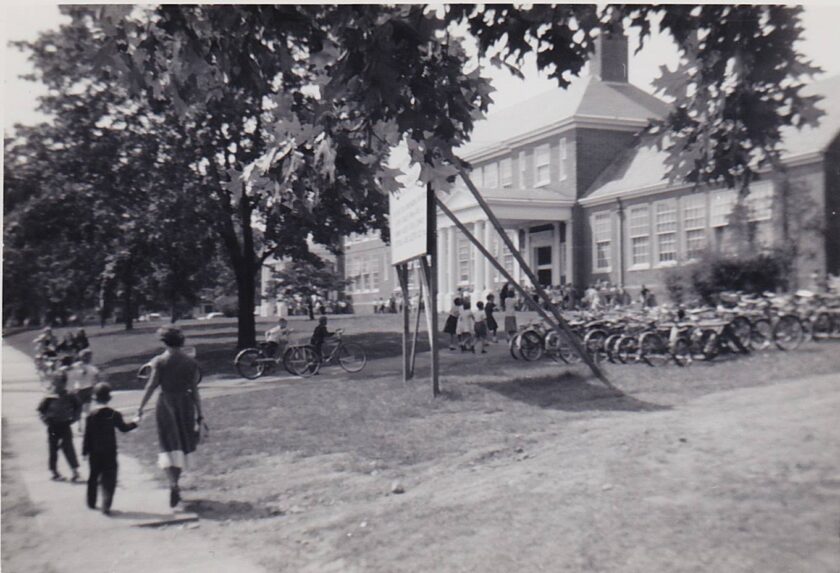
Miss Hammond was my first teacher when we moved to Westfield in 1940. Maybe she took a special interest in me because I had a kind of learning dysfunction. Back where we moved from in Plainfield, they taught children to print alphabetic characters in second grade and to write cursive in third grade. In Westfield, they did the reverse, so when we moved, I got my second year in a row of printing instruction, and I never really caught up with the script part. Somehow, I missed all that jazz about the Palmer Method entirely, if anybody knows what that is anymore. For years afterward, I received stern lectures that my assignments should have been written in script, not printed. Never mind that my printing was, and is still, quick, neat, and legible, but my handwriting is bad enough that an analyst might think I were a doctor.
Awkward Times
The second great love of my life was Miss Jolene, the children’s department librarian at the Westfield Public Library, which at that time was housed in the building on the southwest corner of Broad at Elmer Streets. Today, it houses Felice, the town’s most elegant women’s clothing store. I was really into reading as a kid, maybe because I didn’t live in a neighborhood where there were any other children to walk to school with, or to play with after school, or evenings after supper. Our house was in a remote, undeveloped area known as Indian Forest, which was two miles from the center of town. Every kid in town called it simply “The Big Woods.” It got the Indian Forest name in respect to its former occupants, the Minisinks or Leni-Lenape tribes that vacated, I suppose because they couldn’t stand the way the neighborhoods were being built up by those newly arriving Pilgrims from England who were closing in and scaring off the deer and buffalo so they could grow turnips and stuff and have an easy commute to New York City from a nice, upscale suburban town where there were good schools. Because of the remote location of our house, and I was so dependent on parental transportation to go to school or to anyone else’s house to play, I had few friends in my peer group. I led a rather isolated and often lonely childhood. Accordingly, my social skills didn’t develop as well as the other kids my age, but my imagination did.
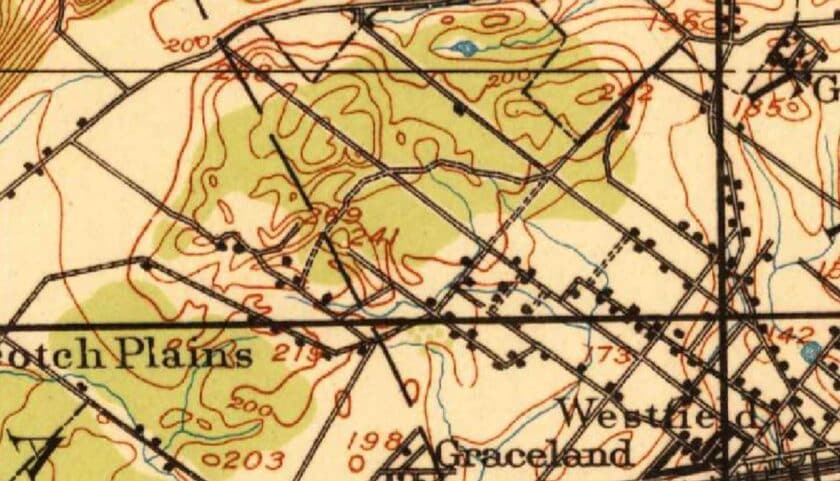
There wasn’t any television, and the afternoon radio soap operas like Lorenzo Jones were of no interest to a pre-teenage boy. So I spent lots of time reading books borrowed from the children’s section in the library building cellar. I was a voracious summer reader and digested tons of kid pulp. I got lots of gold achievement stars on the summer reading program chart posted in the library. Out home in my woods, I read Boy’s Life, the scouting magazine, which always had many projects, Popular Science and Mechanics, and books like Tom Sawyer and Huck Finn and other adventure stories.
So, I guess I fell in love with Miss Jolene because she always came up with new book ideas for me and showered me with attention. Also, she would often drive me all the way home when the library closed. This wasn’t any big deal for her, as she lived with her parents on the northwest corner of Munsee Way (number 255) and Lawrence Avenue, about half a mile from our house. But it was always a major treat for me. I hated having to walk all the way home out to the end of Lawrence Avenue from town, which took an hour’s worth of my little strides. I did it hundreds of times as a child before I had a bike. Although Miss Jolene was still young, probably in her early thirties, her hair was naturally pure silver. I thought she was just about the prettiest woman I had ever seen. I wonder if she ever knew how I adored her. I just couldn’t understand why anyone so beautiful didn’t have a husband. Well, one day, she did, and I was crushed that I would have to share her affection with another. I think her husband had her move away with him, the miserable wretch, and I was lost in my despair at about age eleven in 1944.
Happily, I rebounded quickly from losing Miss Jolene and was soon in love again. In fact, in 1944, every kid in America fell in love with one particular woman. Since then, most men in America, other than I, have been married to her. (Well, almost.) She was in a movie about a girl with a horse. The movie was National Velvet. The woman, of course, was Elizabeth Taylor, who was twelve, a year older than I.
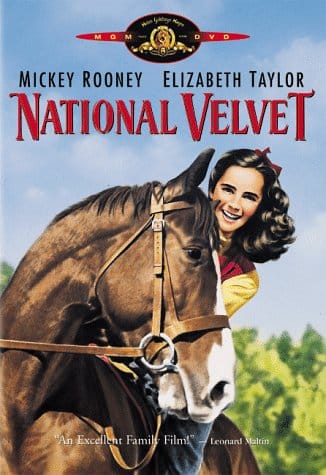
Westfield’s Growth and Brown’s Pond
The population of Westfield then was less than half of today’s 30,000, and vast areas of the town were undeveloped fields and woods. One such totally natural area was the land from the north side of Hillside Avenue, running to Route 22 and eastward across the street from our house on Lawrence Avenue, extending to New Providence Road. The whole area was something close to 400 acres, but to me, it was about the size of Colorado. It was my own private preserve where I never tired of embarking on wilderness expeditions. About 50 yards east of Lawrence Avenue and 100 yards south of Route 22 (known as State Highway 29 back then) was Brown’s Pond, a thirty-acre pond fed by a little stream, probably originating out of Echo Lake.
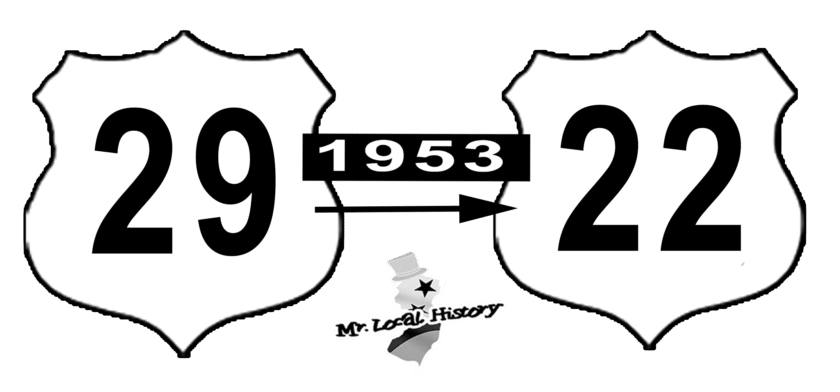
It wound its way through the woods behind Hillside Avenue, where there were, as I recall, fewer than ten houses. Most of them were not mansions on the grand scale that might have been owned by major-league money, such as Montclair or West Orange, but they were among the nicest homes in town. One of them was owned by a prominent Westfield family named Wittke. The Wittke’s were thought of as having “real money” and, I believe, owned a healthy piece of that 400-acre property behind their house. Thirty years later, their house achieved near national landmark status as the site of the notorious List murders, where John List shot his wife, mother, and three kids and laid them all in a row in the ballroom before vanishing for twenty-some years before he was found and tried. The house had long since been gone, having burned to the ground under mysterious circumstances.
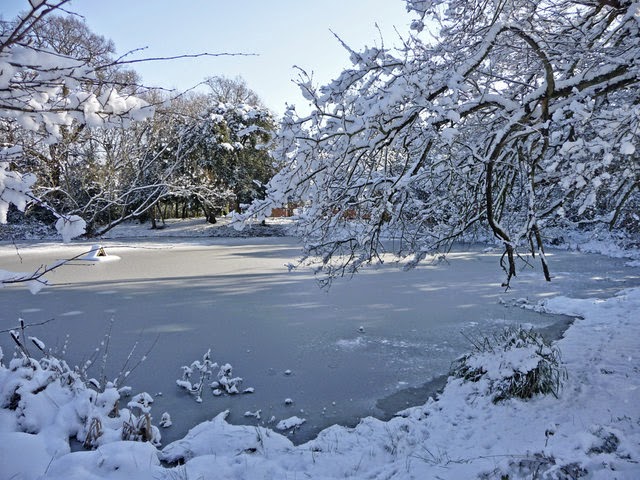
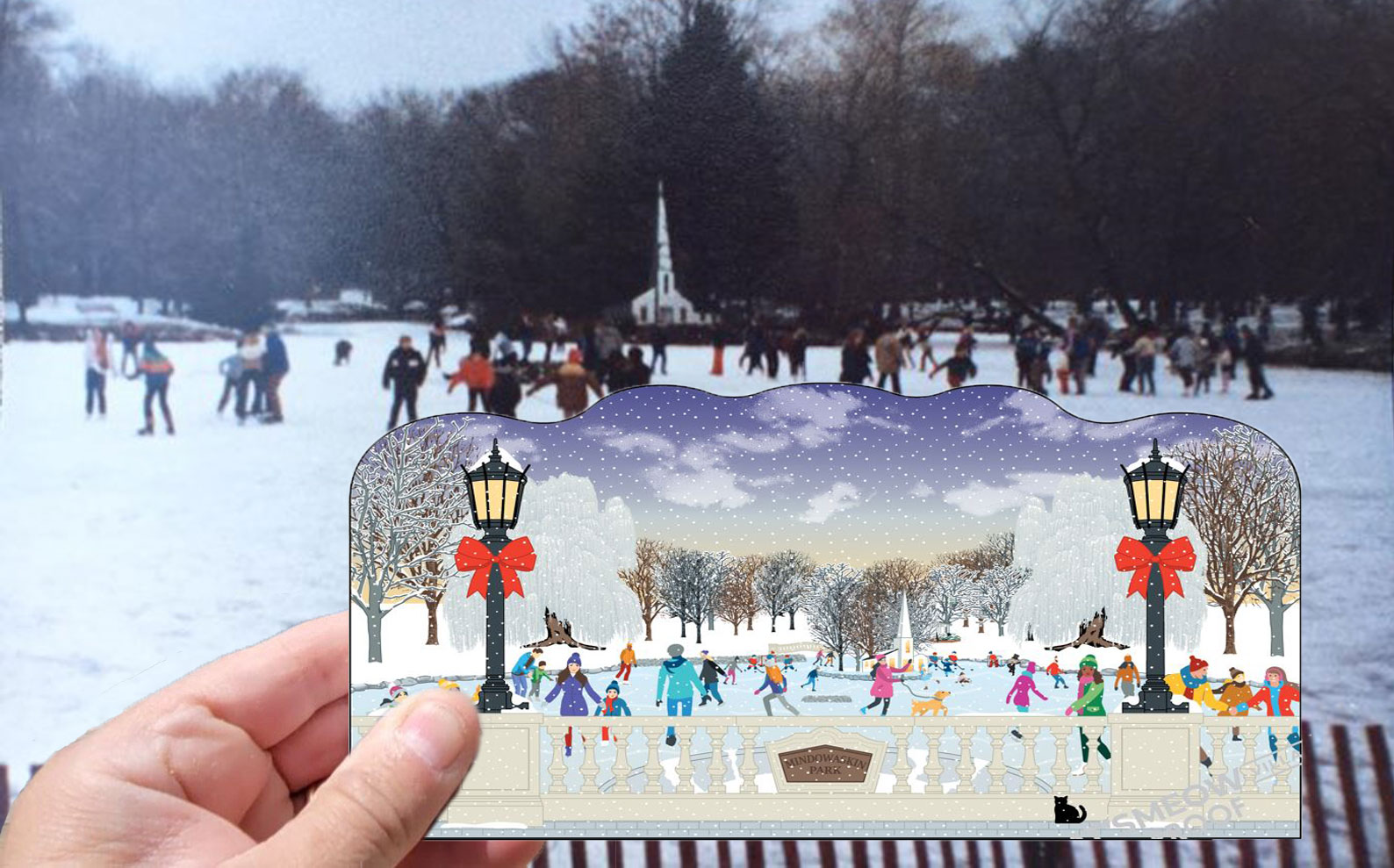
The only thing I liked back then about winter was that when it was cold, we could skate and play hockey on Brown’s Pond. That meant my isolated loneliness would be relieved because then there were always kids around with whom I could skate and play and invite to my house. During these ice interludes, I got to know lots of the kids who lived all the way over in “The Gardens” section around Highland and Colonial Avenues, but I still wasn’t able to become a member of their “inner circle” because of the distance between our houses. Little kids have rigidly defined territorial and social customs and must be born with all the genetic structures of pack animals. Anyway, when there was good ice, many of us would regularly get up at 4:00 AM and play hockey before going to school. That was great for me, having only to cross the street to get there.
Egypt Hill Escapades
For the rest of the year, I roamed and explored the whole area beyond Brown’s Pond in my free time. East of the pond, a forked dirt road meandered up a quarter-mile gradual rise of perhaps two hundred feet. Looking toward the highway from the top, we would oversee a steep drop of what was called Egypt Hill. I haven’t a clue why. Kids would gather there to rocket down the hill in winter on Flexible Flyers or just sheets of cardboard. I remember people on toboggans and wood skis with leather straps in the embryonic days of skiing, long before there were ski boots and quick-release bindings. The whole scene looked like a collection of Courier and Ives winter prints, between the skating and sledding on the hill. And in summer, the scene of the hill and fields beyond comes back as an Andrew Wyeth landscape of green and gold fields with woods beyond. It was a beautiful place.
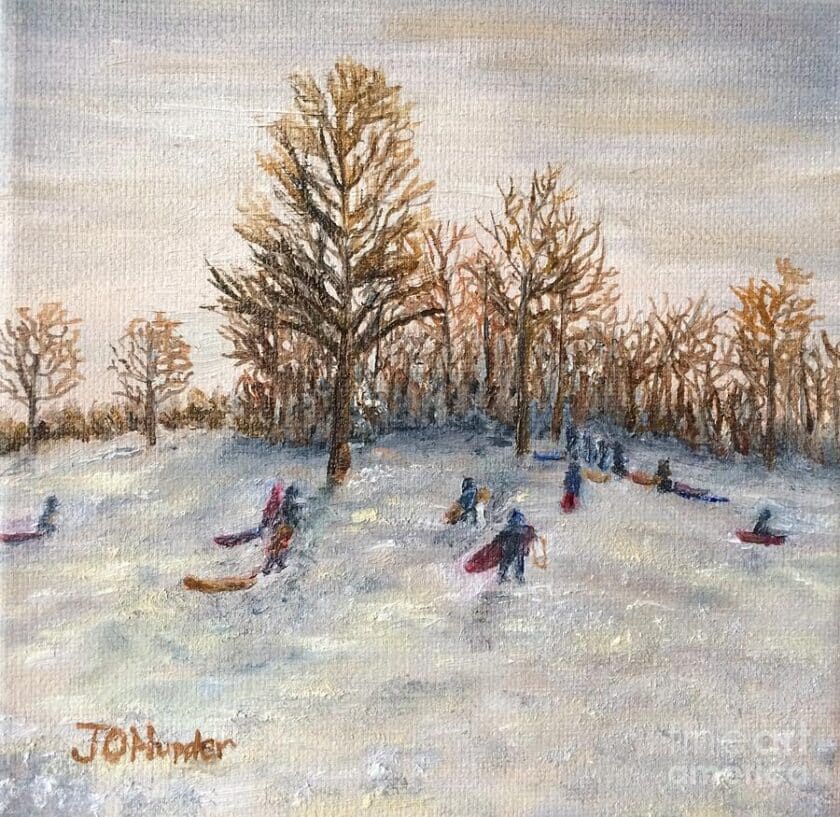
One day, while I was venturing over there deep into my private jungle, I crossed to the other side of the stream on a rickety, rotting bridge of hand-cut and split logs I discovered and entered previously unexplored territory. The woods were dark and lush. That day, I had pushed further into them than ever. I wasn’t sure I would soon be seeing Indians and buffalo (I had a pretty fertile imagination.) All of a sudden I saw a house, all the way on the other side of that frontier of wooded wilderness! Fantasizing myself as Tarzan or Daniel Boone, I crept quietly closer through the glade toward the house, my little heart pounding with excitement.
Suddenly, I realized I had blown my cover when a beautiful woman appeared twenty feet before me. I sheepishly realized she had probably been watching my stealthy approach for the whole time, and I felt as stupid as an embarrassed little kid could ever feel. (Or as embarrassed as a stupid little kid could feel!) “Hi!” she said with a wonderful, friendly, welcoming smile. “Who are you? Where do you live?” I revealed my identity and where I lived. She responded by telling me she lived right there in that rambling house right on the edge of the forest. She invited me into her beautiful, secluded home for some cake and milk or something.
Actually, she wasn’t a woman. She was a girl, even though she was maybe five or six years older than I. But there’s a major difference between a pre-pubescent eleven-year-old boy and a girl seventeen! She introduced me to her parents. They probably knew exactly who I was. (When I related this adventure late at home, mine knew who hers were, too, of course.) She showed me her room, probably as a traditional ritual of initiating kid friendships today as it was then. I knew we were going to be wonderful friends!
Later, we went outside again, and she took me over to see her barn. We went inside, and she showed me her horse! She had her own horse! I was awestruck. I HAD reached Colorado! I don’t think I had ever been that close to a horse. I had passed through a space warp, and I was in National Velvet and in love! This girl was every bit as pretty and wonderful as Elizabeth Taylor, with big, beautiful eyes and a soft, clear complexion. And she wanted to be my friend! Her house was close enough that I could visit easily and often throughout that summer, which I did, always with just about the happiest anticipation of my young life.
She had lots of games, and I think we played Parchesi and Chinese checkers, and maybe even Monopoly and stuff like that often. I spent lots of time visiting her house and enjoying her wonderful company and, attention, and friendship. She let me help curry her horse sometimes. I loved being with her and watching her, with wide-eyed admiration, ride in those glorious golden fields beyond Egypt Hill. She was so beautiful, fair, and soft-looking. And I loved her absolutely, unconditionally, and passionately in my hormoneless, lustless, childish innocence.
I don’t remember how that torrid, one-way, platonic “affair” ended, but it was probably sometime that fall, I guess. Maybe she moved or went off to college. Or perhaps we lost touch because my parents packed me off to prep school that year. Whatever, she was gone, and I never saw her again. But I will always recall with fondest memories that wonderful summer of my childhood and my very special love for Janet Alpers. I can still see a clear vision of her and her horse in my mind, and her house, which is still there, hidden way back off the road at 443 Hillside Avenue. The prominent artist Harry Devlin and his wife have lived there since the mid-forties, and Janet’s barn is now his studio.
I recall a dinner table conversation as a child in the forties when my parents discussed the increasing value of that Indian Forest property as the country slowly emerged from the Great Depression. I think it was valued then at about $100 per acre, but few people had the resources available for such an investment, and my personal wilderness remained untouched.
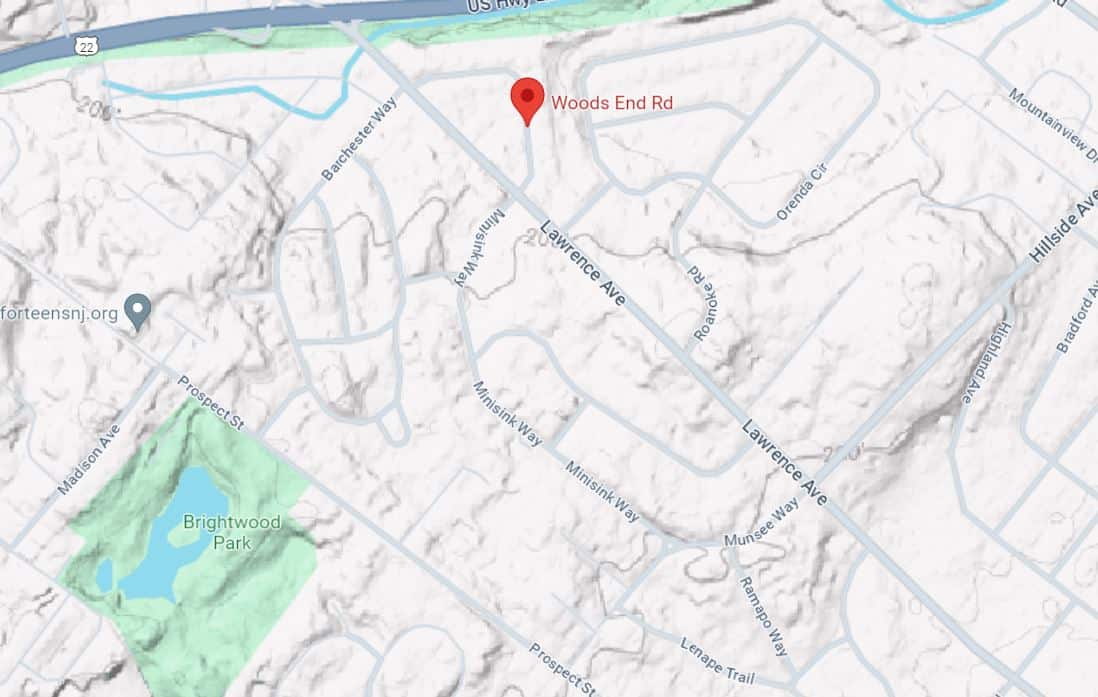
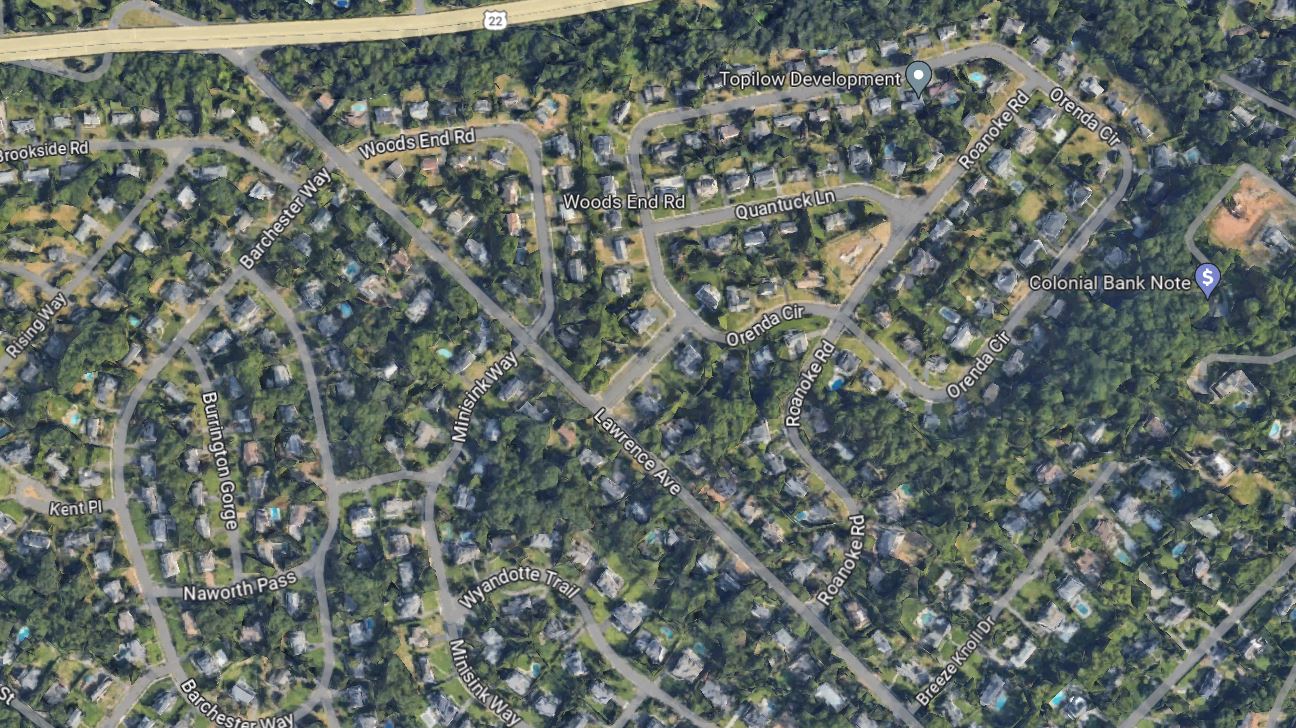
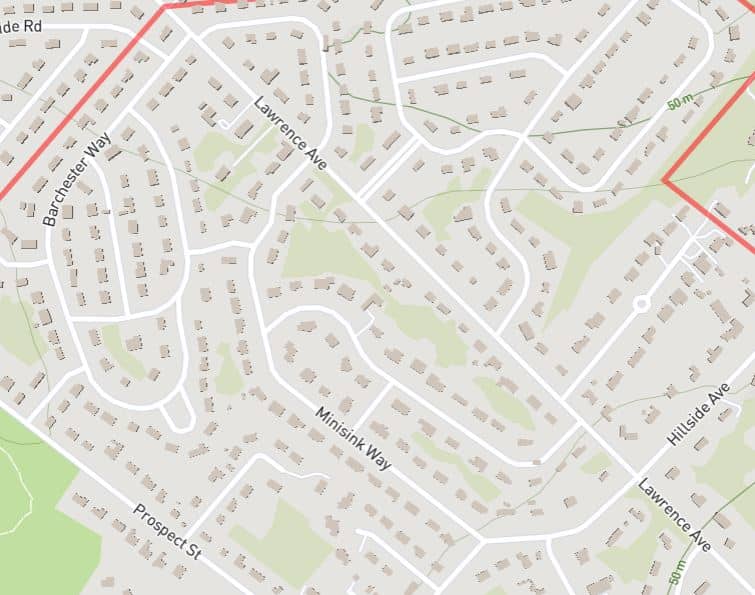
Years later, in the early fifties, while I was in college, the unthinkable happened to my childhood sanctuary. The entire tract was sold intact. Soon, a caravan of monstrous yellow, roaring, snarling, and belching machines arrived and began devouring the earth. The whole place was clear-cut and leveled as though it were a West Virginia strip mine. In fact, it was a strip mine, but the object wasn’t coal or ore. it was dirt. They were actually mining dirt! Brown’s Pond and the brook were filled in and were gone. Egypt Hill was gone forever, stripped away and trucked off, along with my childhood, by some entrepreneurial contractor to become a landfill in a swamp somewhere where a new road was being built. It would be called the Garden State Parkway.
Westfield Development
Ultimately, the gaping red clay craters that remained after the land rape were reshaped and graded, and the property was subdivided and developed. Now, fifty years later, the entire vista is of half-acre plots and $400,000 houses. The kids who grow up there today have lots of neighbors and are neither isolated nor lonely. Raw land in Westfield now goes for something like $300,000 per acre, and even at that price, there are now probably under twenty developable acres remaining. Mercifully, the developers who followed the dirt miners spared future generations the pretentiousness of those phony, faux-British subdivision names, like “Buckingham Commons” and “Cromwell Pointe.” The glorious, personal wilderness of my childhood is now sliced up by Roanoke Road, Orenda Circle, and Breeze Knoll Drive. Probably the most prophetic name the developer left behind summed it all up in two words: Woods End, which circles the area where Brown’s pond was. Today, driving counter-clockwise around Roanoke Road, one can clearly see how the land was scooped out by observing the rising bluffs in the backyards behind the houses all along the outside of the Orenda Circle loop.
Sometimes, if you are walking in the area on a warm summer day, close your eyes and imagine the smells and sounds of the fields and woods of a running brook. And listen for the distant echo of hoofbeats. If you see a girl on a horse coming over the golden ridge of Egypt Hill and down the dirt road toward you, tell her I still remember.
About the Author
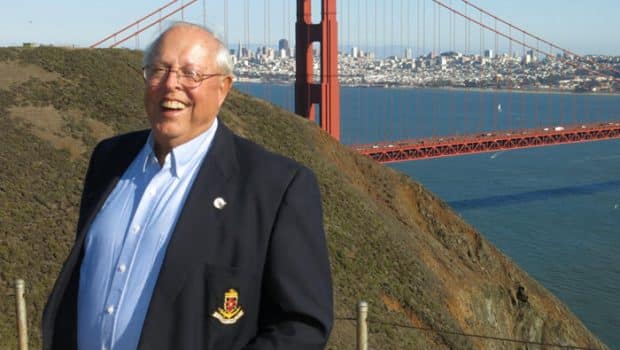
Frank Betz was the oldest son of Elsie and Frank Betz, Jr., who grew up just off Route 29, now Route 22, in Westfield, New Jersey, along Lawrence Avenue. He graduated from WHS and went on to have an interesting number of careers, which ultimately brought him back to Westfield in later life to raise his family and continue his passion as an orator and writer. Betz is a 1951 graduate of Westfield High School and Gettysburg College. Some of his recollections will also be of his business career, and he will tell how, after college, he decided to follow in his father’s footsteps and became a typical commuter for the next 18 years working for the Chemical Bank of NY. After leaving the bank, he purchased the Cranford Canoe Club. He also happened to be my father. I found this story in a box and thought to share. He wrote this most likely in the 1990s. Frank passed away in 1998 at the age of 85.
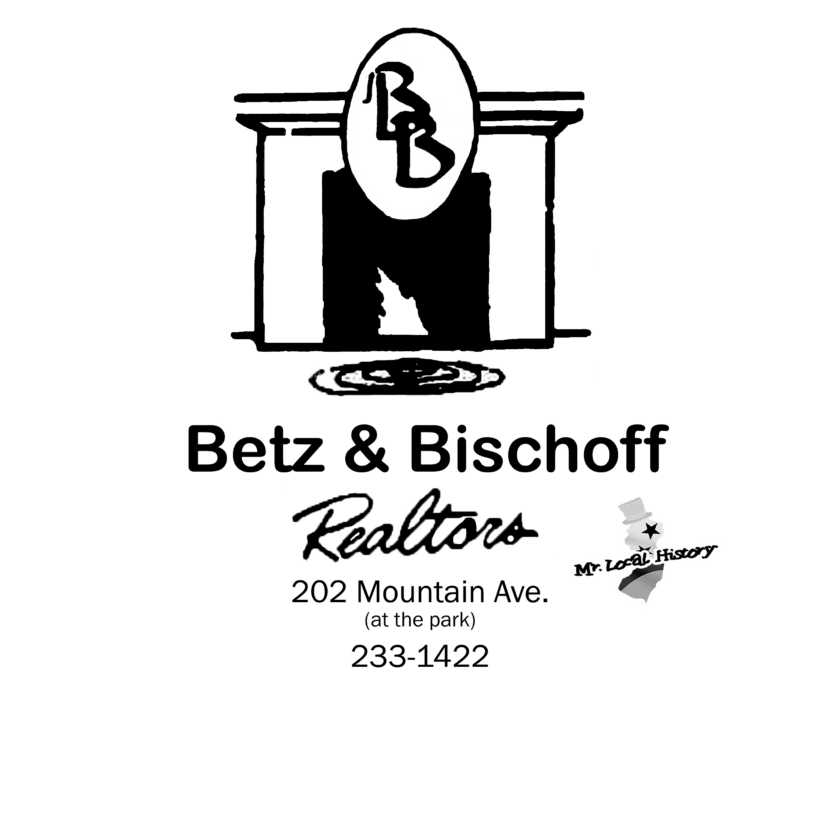
Such a wonderful memory. My family moved to Roanoke Rd in 1965, but my first visit to that area went back to about 1960-61. An Aunt & uncle were one of the first families to build on Orenda Circle. We visited there and stayed for a few weeks one summer. There were only about half dozen houses on Orenda and most of the circle was not even built yet and some cleared parts of “road” were just hard packed road base. Roanoke and the other secondary streets did not exist at all. Most of it was just crudely graded and cleared dirt and rock, covered in tall weeds. Even after we also moved into the neighborhood in ‘65, the backside section of Orenda running along, parallel to Hwy 22 was still not completed and numerous lots along that section remained open for building. Over time, it was all completed and built out. It was a great neighborhood to grow up in and much of the wooded areas and stream from Echo Lake, surrounding the neighborhood, remained to be explored by us adventuresome kids of the 60’s. I had always heard stories about a pond and “Little Egypt Hill” and here, after all these decades, I’m finally reading of the facts. Thanks so much for sharing. (BTW, like numerous areas of Westfield, a growing number of the old, original homes of the 60’s are now being replaced by larger, “McMansions, so the character of the neighborhood is again evolving.
In 1964, my family moved to Westfield and a house on Lawrence Avenue. These descriptions sound like the area around our house which was at the crest of the hill coming up from town towards the 22. And street names like Breeze Knoll and Roanoke were very close by. Interesting!
I lived on Hillside. I spent so many hours of so many weekends playing pathfinder at Egypt Hill. Such a fun wilderness to have as a kid.
I lived on Standish Avenue until 1966 when we moved to Wyandotte Trail. I can remember the wooded area at the bottom of Minisink which we called Jackie’s Woods because Jackie lived right across the little road from the woods. We would go down and pick wild blackberries and Mom would make blackberry jam. We rode our bikes around the whole area, including up and over Hillside, and down Lawrence into town all the time – it was how we got places. Sadly, our house on Wyandotte has been torn down and rebuilt. And of course, we went sledding on the hill next to Hillside Road! Wonderful memories!
That was special and brought back many memories. I am 86 and graduated from Westfield Senior High School in 1956, from Muhlenberg Hospital School of Nursing in 1959, Seton Hall University with a BSN and St. Joseph’s University with an M.S. I have still been in contact with my McKinley Elementary classmates as of this year. Westfield was a special place to grow and learn. Thank you.